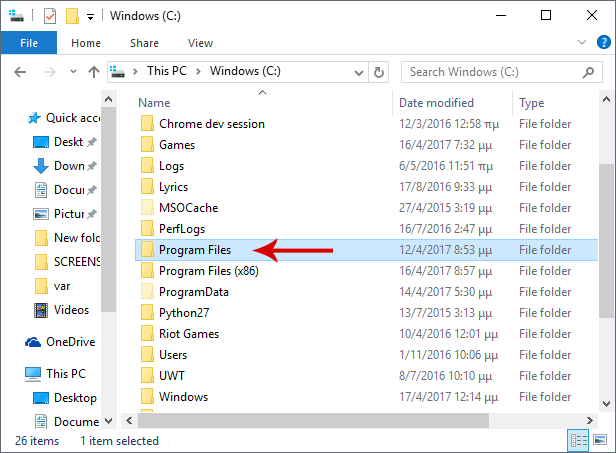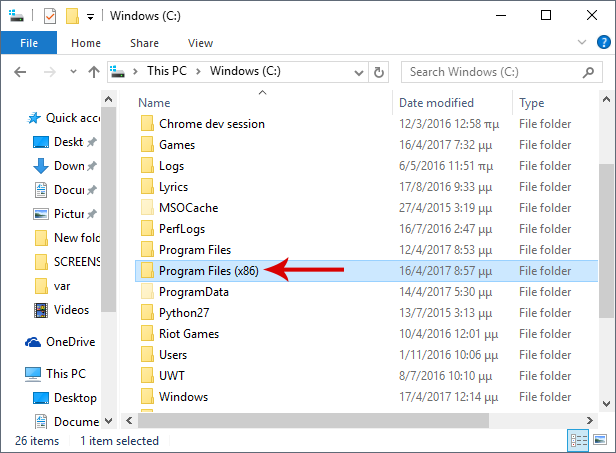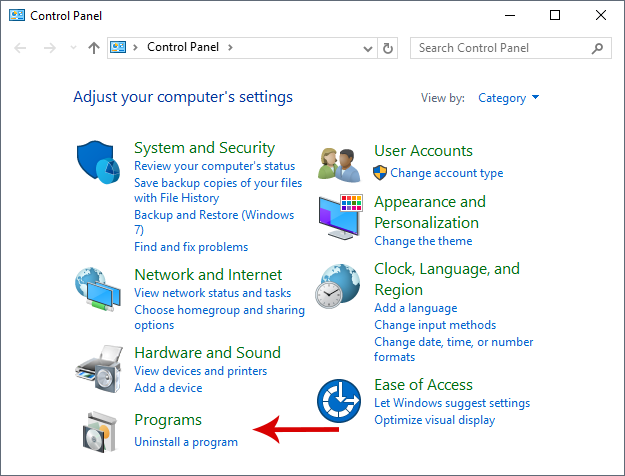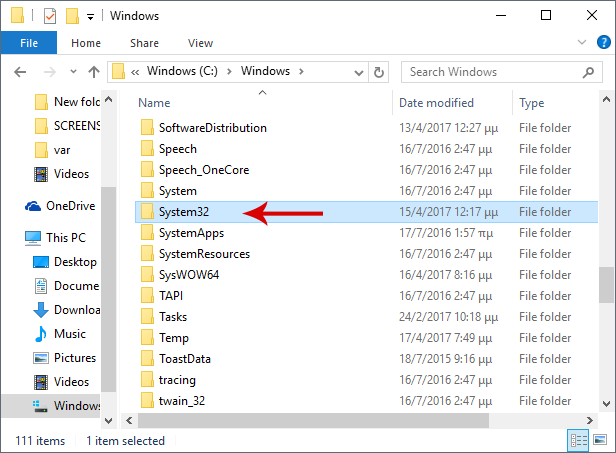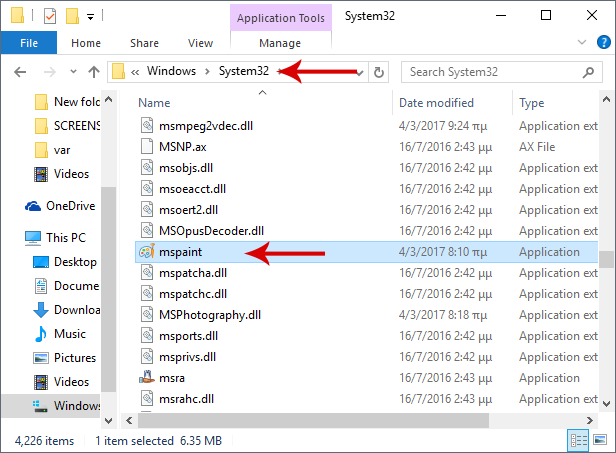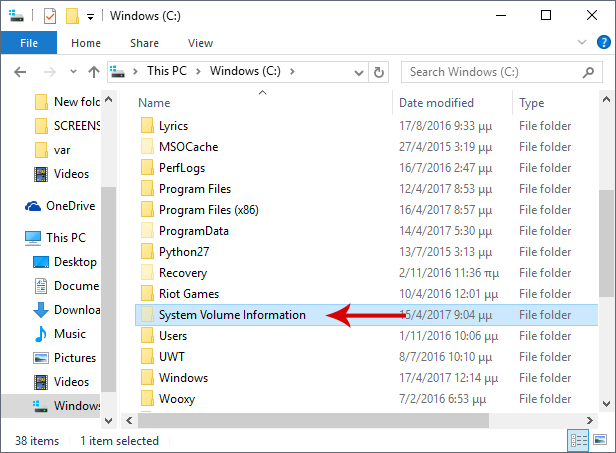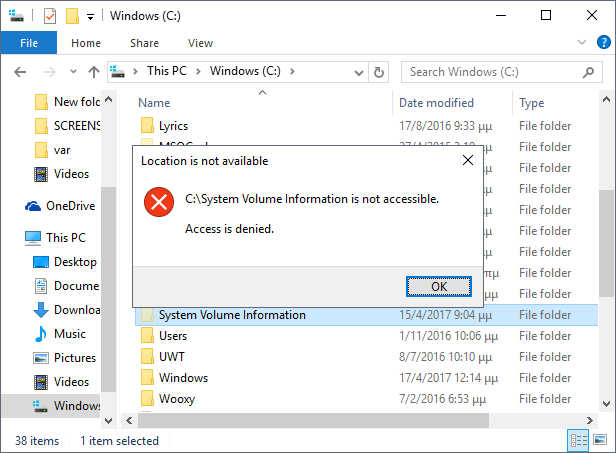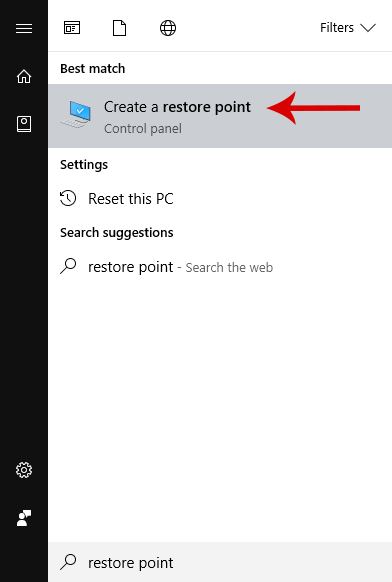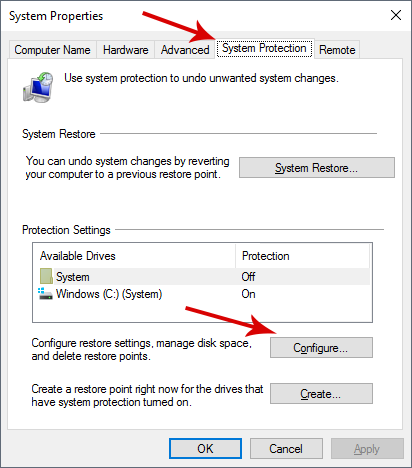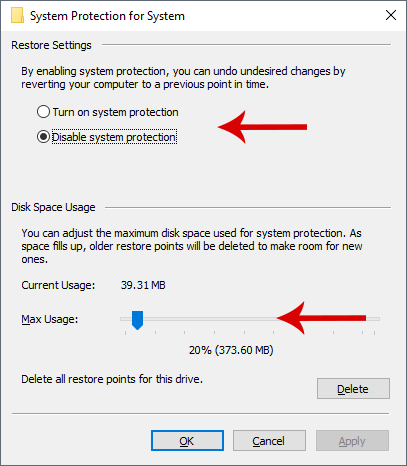These Are The Windows System Folders That You Should Never Mess With
Every operating system consists of several files and folders which are absolutely necessary for the smooth functionality of the system. Thus, the deletion, or even a slight modification, of any of these items is highly likely to significant damage significantly the computer.
In this article we will go through the crucial Windows system folders and files that should never be deleted, or changed.
- What are system folders?
- Program Files
- Windows folder
- System Volume Information
- Pagefile.sys and swapfile.sys
What are system folders?
In every installation of Windows, there are various folders and files located within the partition that Windows is installed in, which were not manually placed there by any user. These are Windows system files, which are vital for OS and its processes. Therefore, you should never mess with them, as in rename, move, or even try to delete them.
Any action like these could cause instability of the OS and potentially lead to the infamous "Blue Screen of Death" (BSOD).
Program Files
The Program Files folder is perhaps the most known Windows folder.
This where all programs are installed on the computer by default, so if you navigate to that folder you can see several subfolders of installed applications.
Nowadays, most computers have a 64-bit operating system, which also creates a Program Files (x86) for storing 32-bit programs.
If you are running the 32-bit version of Windows, then there will be only one Program Files folder, since 64-bit applications cannot be installed on 32-bit systems.
Apart from very specific cases, you will never have to mess with the files of these folders.
These system folders contain important library files and other types of system files, which are crucial for the proper functionality of applications.
Whenever you wish to uninstall an application from your computer you should never just delete its corresponding folder within the Program Files directory. This will not remove the application from the system completely but only partially, and in a worse scenario, cause system instability.
The removal of applications must be performed by running their respective uninstaller, which can be done either from the Control Panel, or with the use of a third-party application, such as CCleaner.
Windows folder
All system folders very important, with not exceptions. As for the Windows folder, it contains files necessary for the smooth functionality of all of the system’s aspects.
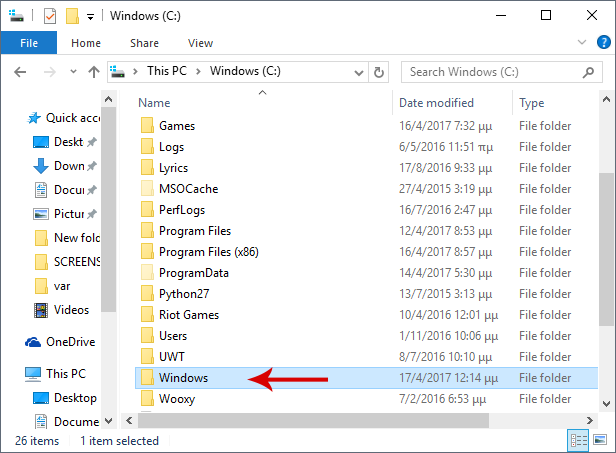
Anything located within the Windows folder is of major importance, and you should never attempt to move, rename or delete anything from there. In fact, there is no reason for you to navigate in that folder in the first place.
System32
System32 is of special importance due to its popularity, even though it is a subfolder of the Windows folder.
This folder contains dozens of library files that are essential to the system and built-in applications. For example, in there you will find files necessary for system boot, processes responsible for different tasks, and more. Moreover, it also contains the executables of default Windows applications, such as Calculator and Paint.
In the past, the System32 folder used to be cause of one of the most popular internet pranks.
More specifically, whenever there was any user who was experiencing problems with his computer and tried his luck on asking for help on forums and community boards, the more advanced users would advise him into deleting the System32 folder in order to get the computer fixed.
Of course, when the novice user did that, his Windows installation would become corrupt and would thus require a disk format and a clean install of Windows afterwards.
Although this particular hoax started circulating in the internet as early as 2000, it reached its peak at the end of 2006. To this day, there are still those who pull this prank (although rarely), and those who fall for it.
Therefore, be warned that you should never touch the System32 folder (and the Windows folder in general) for any reason, unless of course you know what you’re doing.
WinSxS
The system folders located within the Windows folder are countless. Apart from the System32 folder that we mentioned above, we will also refer to the WinSxS folder as well.
WinSxS is short for Windows Side-By-Side, and is created to resolve some compatibility issues with very old versions of Windows. In this folder there are multiple versions of library files that may be required by programs you use.
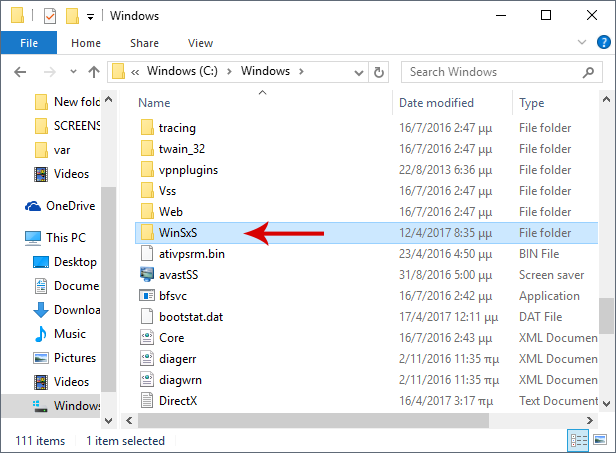
For example, if a program requires an older version of a library file, then it will find it inside this folder, thereby increasing the compatibility between programs and different Windows versions.
The longer you have been using Windows, the more library files will be gathered within the WinSxS folder, consequently growing in size. Many of these files are useless, which you are not going to need. However, if you try to manually delete the folder, or even the included files, you may create problems in the system.
If you definitely want to save disk space, you can use the built-in Disk Cleanup application in Windows in order to safely delete unnecessary files.
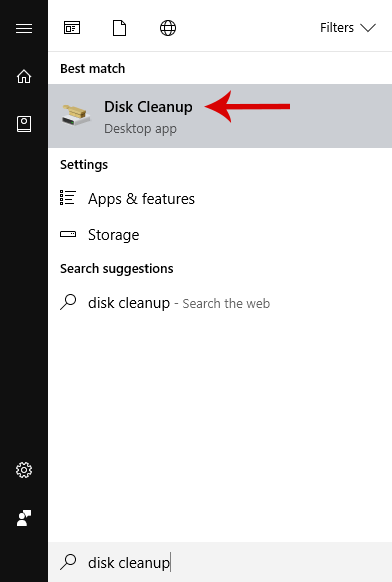
System Volume Information
Another folder located in your Windows installation partition is the System Volume Information folder, which is a protected folder.
In every disk of your computer, and even external hard drives, there is a folder named System Volume Information. If the disk is divided into partitions, then every partition has this folder.
System Volume Information contains various system data related to the respective partition of the disk. Among others, the necessary data for the restore points in your computer are located in this folder. We can see that, depending on the number of restore points you have, its size varies.
If you try to open the System Volume Information folder, you will be notified that access is not allowed, even if you have administrator rights. This alone should be enough to prevent you from attempting to modify or deletion it or its contents.
But there are people who, in their attempt to free up disk space, seek how to gain access to this folder and delete it.
If the System Volume Information folder takes up too much disk space, the proper action you can take is reduce the capacity of restore points. Alternatively you can totally disable them, if you make frequent backups of your system.
To do that, type Restore Point in the Start menu, and open the first option that comes up in the results (Create Restore Point).
In the System Protection tab, click on the Configure button.
From the window that opens you can enable/disable the restore points feature, as well as define the disk space you wish to allocate for them.
Other than that, you should not mess with the System Volume Information folder manually, or look for ways to access its contents.
Pagefile.sys and swapfile.sys
Pagefile.sys and swapfile.sys may not be system files, but they are equally important.
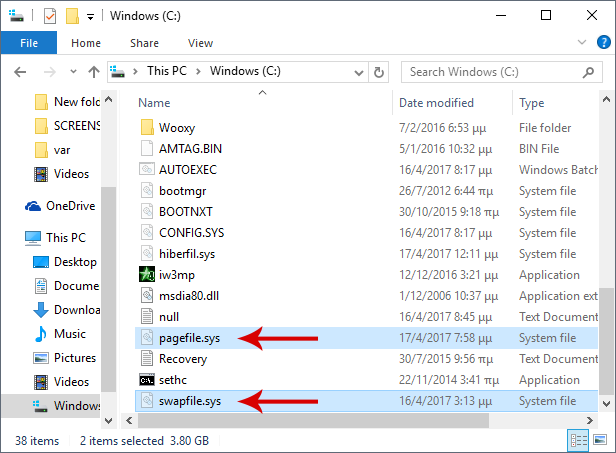
For a thorough explanation of their functionalities and how to delete them, you can refer to the following D3K article:
Page File and Swap File explained. How to delete Pagefile.sys and Swapfile.sys in Windows 8 or 10.
So, as you can see, the system folders and files mentioned in this article are vital to the proper functionality of a Windows OS. Next time you think about messing with them, remember that even a small modification can have a significant impact on the system, so it’s wise to leave them untouched unless you’re absolutely sure you know what you’re doing.
If you have any problems, suggestions and questions, let us know in the comments section below!

